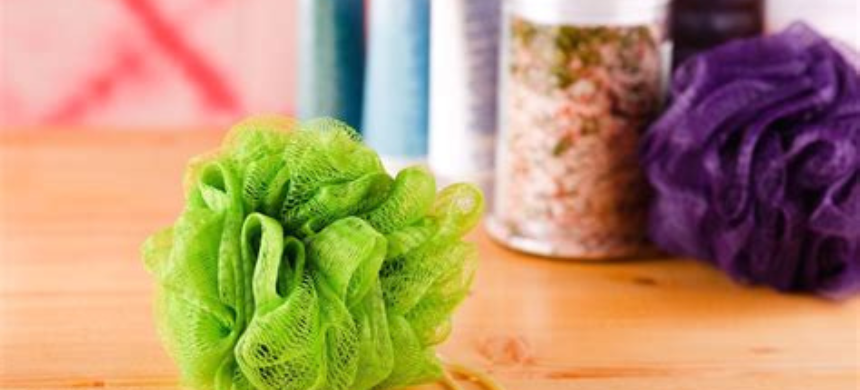For many, the shower is more than just a daily ritual—it’s a sanctuary. The soothing cascade of water combined with aromatic oils, bath salts, and exfoliating scrubs provides a rare moment of peace amid the day’s chaos. At the heart of this self-care experience, the loofah is a staple for creating a rich, fragrant lather and gently exfoliating the skin. Yet, while loofahs promise rejuvenating effects, they may also harbor an unwelcome surprise: germs.
The Hidden Bacteria in Your Loofah
Loofahs, made from natural plant fibers or synthetic materials, have a textured surface ideal for sloughing away dead skin cells. According to dermatologists, however, loofahs are not suitable for everyone. While they effectively exfoliate, their rough texture may irritate sensitive or compromised skin barriers. For most, using a loofah two to three times a week is sufficient, striking a balance between exfoliation and skin protection.
Read More: Foods That Help Alleviate Anxiety
A Prime Spot for Germs
The problem with loofahs lies in their porous structure, which makes them breeding grounds for bacteria, mold, and mildew. In a damp bathroom environment, loofahs can trap dead skin cells and oils, creating an ideal ecosystem for germs. “Loofahs can harbor bacteria like Pseudomonas, E. coli, and Staphylococcus, which can easily transfer to the skin,” warns Dr. Mikki Singh, director at Bodycraft Clinic and Salon in Bengaluru. This bacterial buildup can lead to skin issues like acne, rashes, folliculitis (inflamed hair follicles), and boils, and in some cases, it can worsen existing conditions like eczema.
Essential Tips for Loofah Care
If you choose to keep using a loofah, it’s crucial to maintain its cleanliness. Dermatologists recommend replacing loofahs every 2-4 weeks, with natural loofahs being especially prone to bacteria buildup due to their porous nature. Synthetic loofahs, while slightly more resistant, should also be replaced regularly. To reduce bacterial risks, Dr. Singh suggests disinfecting loofahs by soaking them in a diluted bleach solution or microwaving synthetic ones for 20 seconds.
Practical care tips include:
- Rinse and dry thoroughly after each use: Allow the loofah to dry completely in a cool, dry area.
- Weekly disinfection: Soak the loofah in a mild bleach solution or antibacterial wash once a week.
- Avoid delicate skin: Do not use loofahs on sensitive areas or open wounds, as this can lead to irritation or infection.
- Limit usage: Exfoliate two to three times per week to avoid over-exfoliating, which can cause dryness and irritation.
- Moisturize: Always apply moisturizer after exfoliating to restore skin hydration.
Safer Alternatives for Exfoliation
For those concerned about loofahs harboring bacteria, several hygienic alternatives are available. Soft washcloths are easy to clean and replace regularly. Silicone scrubbers, which resist bacterial buildup and are simple to sanitize, offer another effective option.
If you prefer chemical exfoliation, mild AHAs (alpha hydroxy acids) or BHAs (beta hydroxy acids) can slough off dead skin cells without the risk of bacterial growth. Exfoliating gloves, which are easy to wash and sanitize, and body brushes with synthetic bristles that dry quickly are also safer choices. These alternatives allow for controlled exfoliation without the roughness or potential hygiene risks of loofahs, helping to keep your skin healthy and refreshed.











